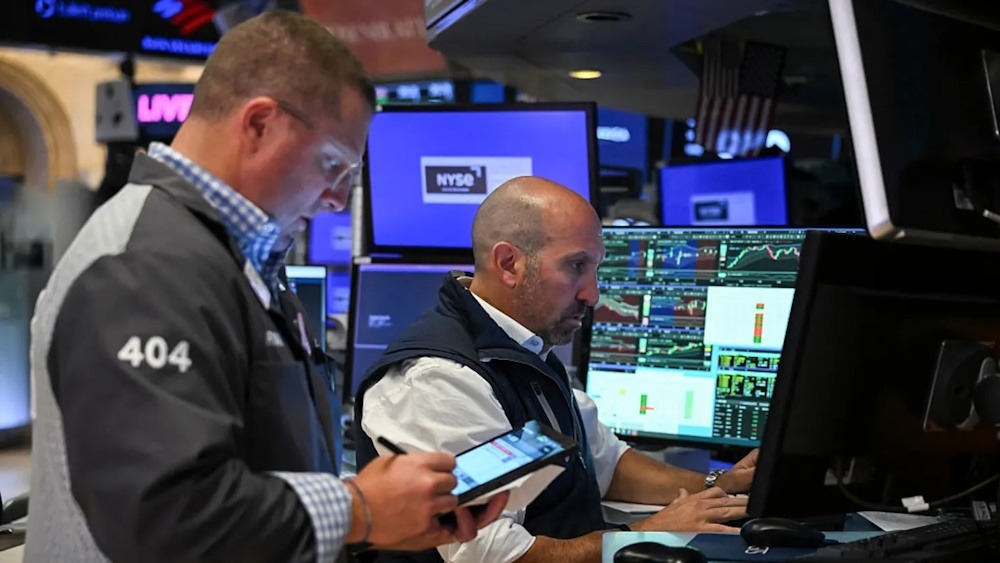
The tech-heavy Nasdaq Composite concluded at 22,204.43, experiencing a decline of 3.6% or 820.20 points, largely influenced by the underwhelming performance of major technology firms. This represented the index’s most significant single-day drop since April 10. At its intraday peak, the technology-focused index recorded an increase of 84 points, while at its intraday trough, it noted a rise of 95.29 points. The S&P 500 experienced a decline of 2.7%, equivalent to 182.60 points, closing at 6,552.51. This represents the index’s largest single-day decrease since April 10. At the intraday peak, the benchmark index recorded an increase of 27.29 points. Among the 11 broad sectors of the market index, 10 concluded in negative territory, whereas one remained in positive territory.
The technology Select Sector SPDR experienced a decline of 4.1%, followed by the Energy Select Sector SPDR at 2.9%, the Consumer Discretionary Select Sector SPDR at 2.8%, the Industrials Select Sector SPDR at 2.2%, and the Materials Select Sector SPDR at 2.1%, respectively. The fear gauge experienced a significant increase, rising 31.8% to reach 21.66, marking its highest closing level since June 19. On Friday, trading volume reached 24.26 billion shares, surpassing the 20-session average of 20.15 billion shares. On the NYSE, the ratio of decliners to advancers was 4.36 to 1. On the Nasdaq, a ratio of 4.93-to-1 indicated a preference for declining issues. The trade conflicts between the United States and China have intensified in recent times. On October 9, China’s Ministry of Commerce announced a new regulation mandating that all foreign enterprises secure a license to export products containing over 0.1% of rare earth minerals. This requirement applies regardless of whether the minerals are sourced from China or produced using Chinese extraction, refining, magnet-making, or recycling technologies.
The new regulation is set to take effect on December 1. China accounts for approximately 70% of the global supply of rare earth minerals, which are essential for the modern high-tech landscape. The United States stands as a significant importer of rare earth minerals, which are regarded as highly valuable and essential components for the semiconductor, defense, and automobile sectors. On Oct. 10, the U.S. government responded by imposing an additional 100% tariffs on Chinese exports to the nation, supplementing the existing tariffs on these products. Currently, goods from China face an average tariff of 40% in the United States. The new tariff of an additional 100% will take effect on November 1. As of October 10, the most recent U.S. government shutdown has reached its tenth day. The Senate was unable to achieve a consensus between Republicans and Democrats regarding the provision of stopgap funding for the government. Consequently, the process of laying off federal workers has commenced.
The University of Michigan disclosed that the preliminary index for October consumer sentiment registered at 55, a slight decrease from September’s 55.1. Nonetheless, the Zacks Consensus Estimate stood at 54. The economic condition for October registered at 61, an increase from the 60.4 observed in September. Consumer expectations for October registered at 51.2, a slight decline from the 51.7 observed in September. In October, the 1-year short-term inflation expectation experienced a slight decline, decreasing to 4.6% from 4.7% in September. Long-term inflation expectation remained unchanged at 3.7%.
